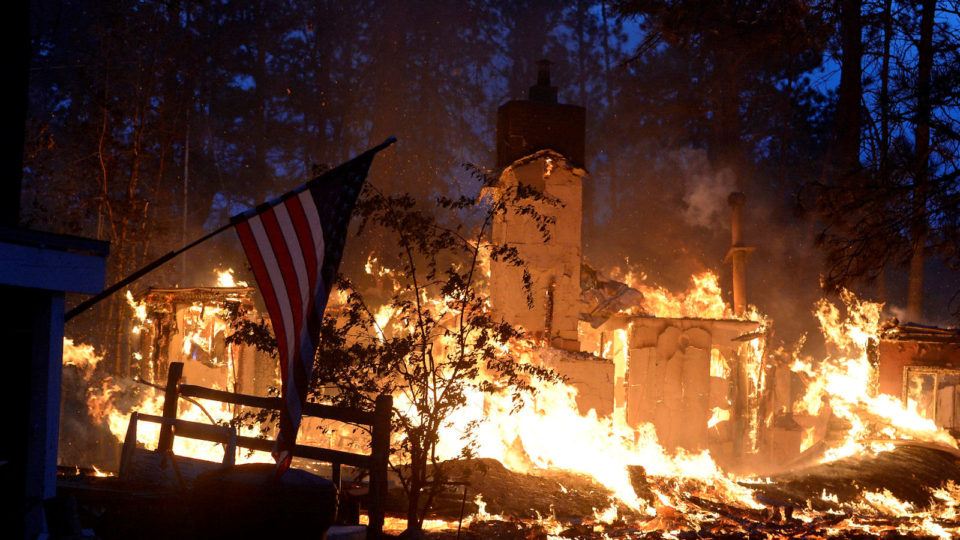Mercury is found throughout the ocean, and there is at least some of it in any fish one might eat. It is an element found naturally in the environment, but it is also a byproduct of manmade pollution. Generally speaking, bigger fish tend to have higher mercury levels than smaller ones, because they are higher up in the food chain. The more small fish those big fish eat, the more mercury builds up in their bodies. Tuna aren’t the biggest fish in the ocean, but they are very common in many people’s diets.
Increased mercury levels are a result of human activities like burning coal and mining which release methylmercury into the air. It then finds its way into the oceans in rainwater. Methylmercury is a particularly toxic chemical that affects the nervous system. Environmental protection policies in recent decades have helped to reduce mercury pollution.
However, a recent study by French researchers looked at the mercury levels in tuna over the past 50 years. They found that the levels have basically not changed since 1971. As a result, they are calling for more restrictive environmental policies to further lower mercury pollution levels.
The researchers explained that the lowering of mercury airborne levels to date has not necessarily been ineffective. They theorized that the static levels in tuna may be caused by the upward mixing of “legacy” mercury from deeper ocean water into the shallower depths where tropical tuna swim and feed. It could very well take decades to dramatically reduce ocean mercury levels.
Meanwhile, mercury content in tuna varies considerably by tuna type and source and there are both better and worse choices out there. Consumers should learn the facts.
**********
Web Links
Mercury levels in tuna remain nearly unchanged since 1971, study says
Photo, posted November 7, 2015, courtesy of Mussi Katz via Flickr.
Earth Wise is a production of WAMC Northeast Public Radio








